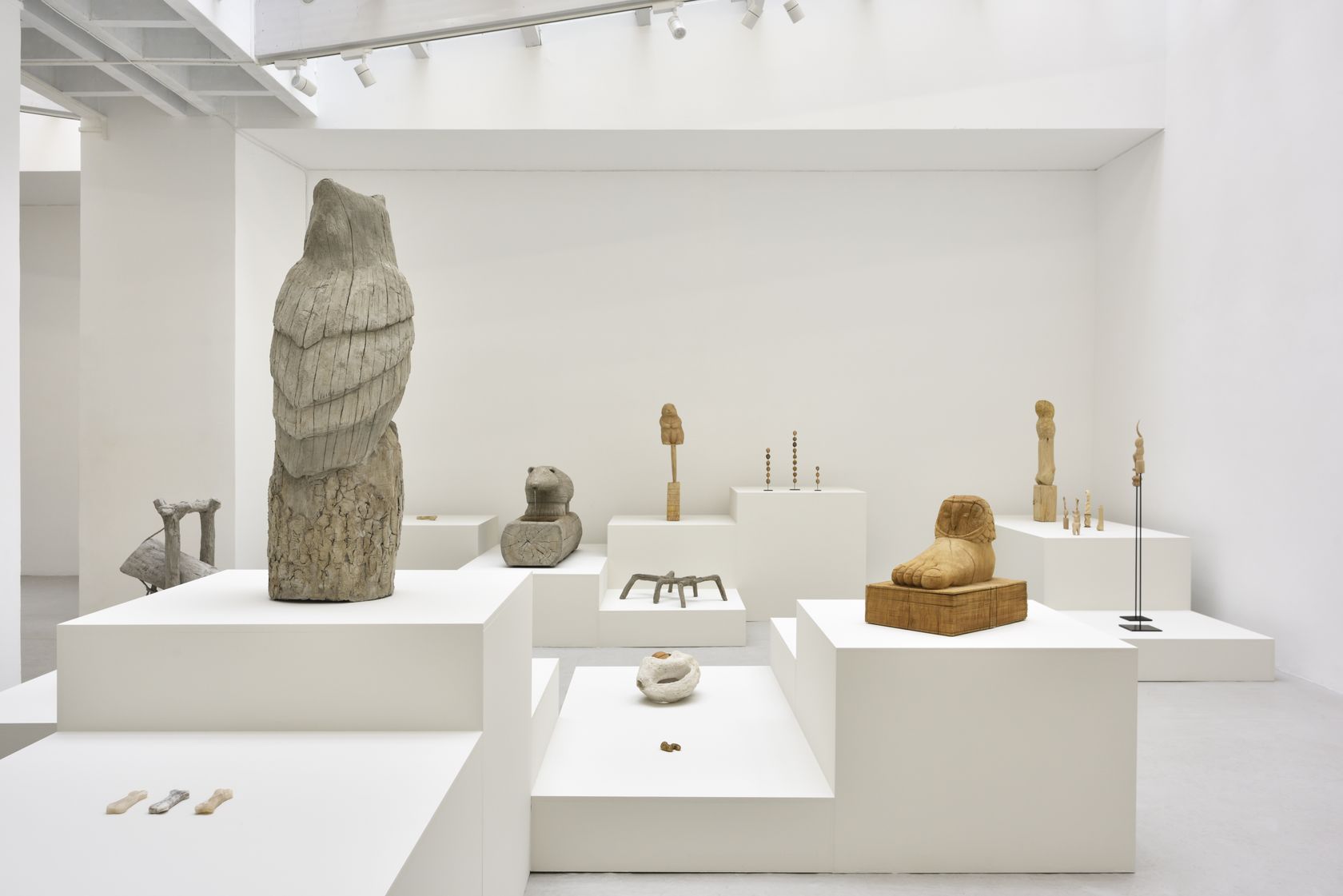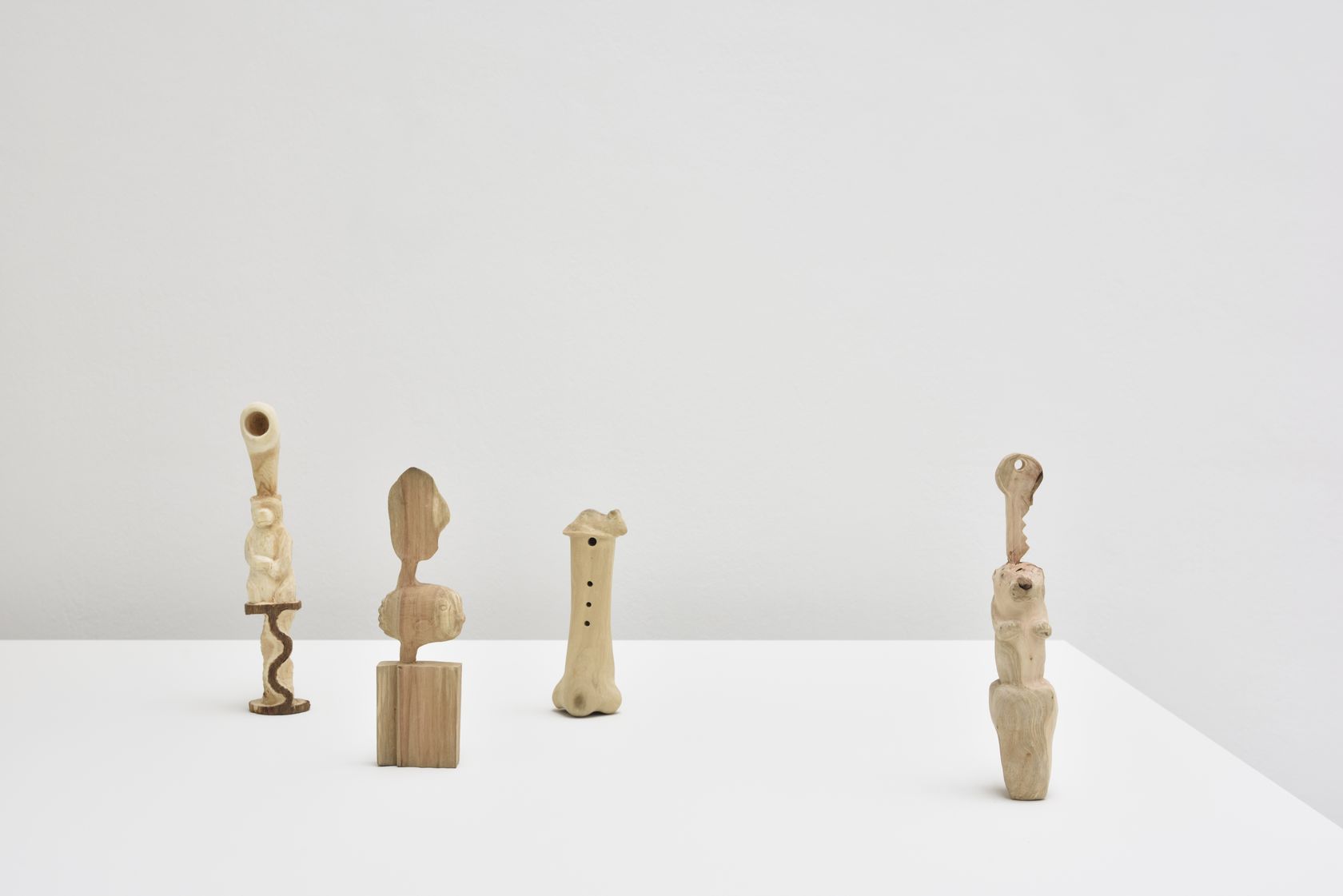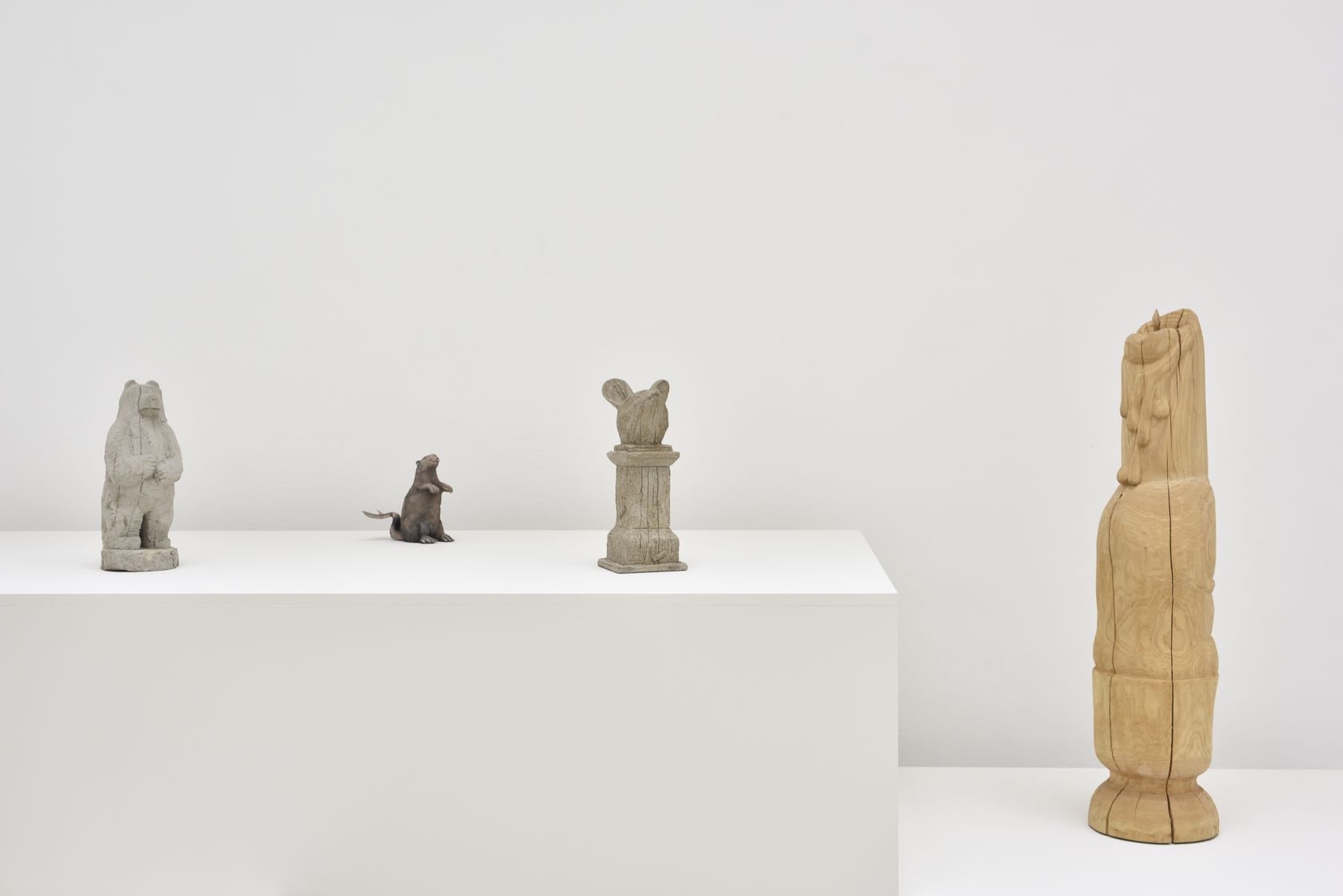-
 1/17
1/17
Laurent Le Deunff, Whatever This May Be
-
 2/17
2/17
Laurent Le Deunff, Whatever This May Be
-
 3/17
3/17
Laurent Le Deunff, Whatever This May Be
-
 4/17
4/17
Laurent Le Deunff, Whatever This May Be
-
 5/17
5/17
Laurent Le Deunff, Whatever This May Be
-
 6/17
6/17
Laurent Le Deunff, Whatever This May Be
-
 7/17
7/17
Laurent Le Deunff, Whatever This May Be
-
 8/17
8/17
Laurent Le Deunff, Whatever This May Be
-
 9/17
9/17
Laurent Le Deunff, Whatever This May Be
-
 10/17
10/17
Laurent Le Deunff, Whatever This May Be
-
 11/17
11/17
Laurent Le Deunff, Whatever This May Be
-
 12/17
12/17
Laurent Le Deunff, Whatever This May Be
-
 13/17
13/17
Laurent Le Deunff, Whatever This May Be
-
 14/17
14/17
Laurent Le Deunff, Whatever This May Be
-
 15/17
15/17
Laurent Le Deunff, Whatever This May Be
-
 16/17
16/17
Laurent Le Deunff, Whatever This May Be
-
 17/17
17/17
Laurent Le Deunff, Whatever This May Be
Whatever This May Be is Laurent Le Deunff’s sixth exhibition at Semiose. The gallery space is transformed into a white landscape, inhabited by figurative sculptures made of both ‘real’ and ‘fake’ wood, set on plinths or placed directly on the floor.
The title of the exhibition, Whatever This May Be refers to the controversy surrounding Constantin Brancusi’s successful lawsuit against the American Customs Service, which attempted to apply import duty to his sculptures—in principle exempt as works of art—when they were transported to the USA for an exhibition in the 1920s. At the heart of this dispute was the sculpture Bird in Space, which customs officials considered to be an industrially manufactured object rather than work of art. This was precisely the kind of anecdote that provides inspiration for Laurent Le Deunff, who practices sculpture as an art of artifice and carefully cultivated illusion.
For his latest Parisian opus, the artist has assembled a dense, modernist-style installation, mainly featuring two groups of sculptural works: wooden totem poles and cement traps and snares. The layout consists of a forest of pedestals forming a labyrinth of islands that encourage the viewers to explore at their leisure. While their iconographic sources are similar, the techniques employed are somewhat contradictory: the direct carving of wood on one hand and rustication (or ‘rocaillage’, depending on whether the aim is to imitate rock or wood) on the other. While the former enables the artist to carve realistic forms from a natural element, wood, the latter imitates wood through the use of industrial materials. Thus, the material used for one technique becomes the motif of the other, while the imperfections of the first act as the characteristic, decorative elements of the second.
Exquisite Corpses
Placed on parallelepipedic platforms of differing heights that seem to be engaged in some kind of 3D game of Tetris, a multitude of tripartite, wooden totem sculptures echo the principle of the cadavre exquis made famous by the Surrealists. These in-the-round sculptures sometimes resemble sports trophies, trinkets or even religious offerings. The visitor might come across, in no particular order, a sunfish with a potato chip balanced on its head, perched on a sharpening tool, an otter sandwiched between a tooth and a key, a safe topped with a bone and a peanut shell, as well as many other hybrid creature-objects, some of which incorporate more or less identifiable elements of modern or contemporary sculpture (Sarkis, Jean Arp, and Phillip King). Adopting their titles from the various types of wood they were directly carved from (boxwood, red oak, Applewood, eucalyptus, pear wood, etc.), the sculptures are grouped together, in different sizes (from the palm of a hand to over a meter) or shapes that are superimposed in improbable relationships of scale to wonderful comic effect, in a similar way to that other monument to sculpture, Fischli & Weiss’s fabulous Suddenly This Overview (1981). In Laurent Le Deunff’s art, forms are dictated by the materials and the instinct that guides his hand. There are no pre-established projects directing the creative act, and nothing to prevent the artist from being himself surprised by the eclectic forms that emerge and collide with unerring humor.
One should be aware that Laurent Le Deunff developed an early passion for sculptural forms derived from traditional practices and cultures—from totem poles in British Colombia (Canada) to contemporary sand sculptures. This fascination has always been present since his discovery of art at the age of 18, when he visited the first retrospective of a certain Romanian sculptor at the Pompidou Center in 1995.
Imitation Materials
While Laurent Le Deunff’s directly carved sculptures are the result of his daily practice of cutting up logs in his garden with a chainsaw, or chiseling away at them on the workbench in his studio, it’s a different kettle of fish for the rustications he creates with a rocaille sculptor in dedicated work sessions.
The original aim was to make copies of his own wooden works and “have the satisfaction of making sculptures of logs” (in his own words). To achieve this, the artist turned to these masonry techniques, used to imitate wood or stone by modelling a mixture of cement, sand and latex, in successive layers, on a structure made of iron, concrete reinforcing rods and wire mesh.
The artist use of these procedures characterizes the second corpus of sculptures distributed throughout the gallery space. All of them are imbued with a certain utilitarian potential that the artist has chosen either not to enable or simply to disarm. As well as the collection of animals recurrent in his work, including a badger-fountain, an owl-barbecue and stick-insects that look like fireplace andirons, this second group includes a series of traps and snares (complex assemblies of rusticated and rocaille ropes and logs, stained once dry and left at the mercy of the elements to develop a natural patina). They are of course, completely harmless as they are set in concrete. There is also a trapdoor set on the floor, representing the threshold of all eventualities.
Thus, with a snap of the fingers, we’re transported to a childhood world, like that of the Famous Five or the Secret Seven, in search of thrills and extraordinary adventures, amidst these safeguarded, sculpted, imitation and hybridized objects… Whatever They May Be. One thing is sure – they are most certainly art!
Alice Motard